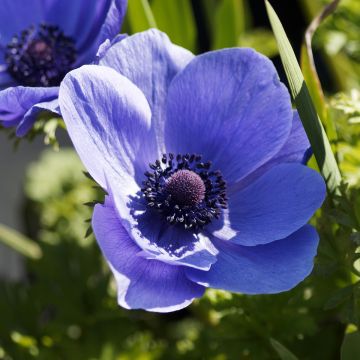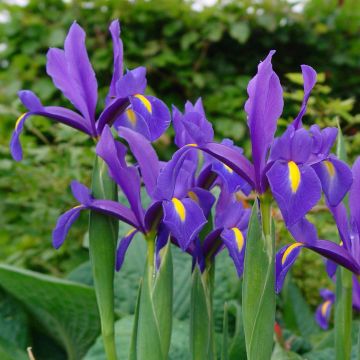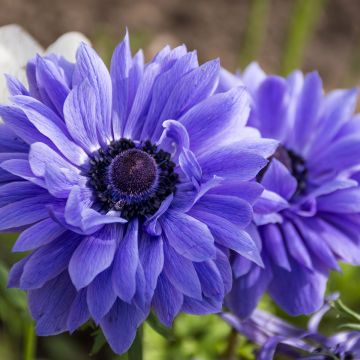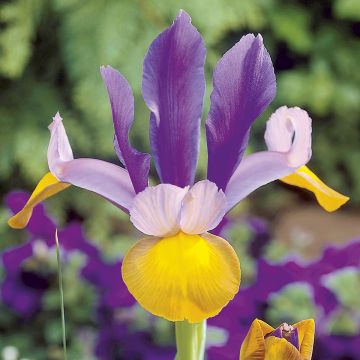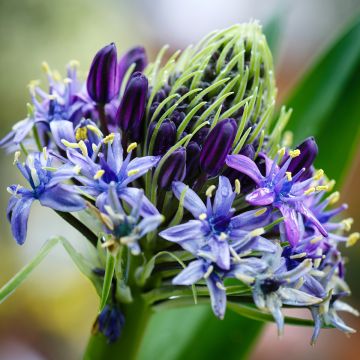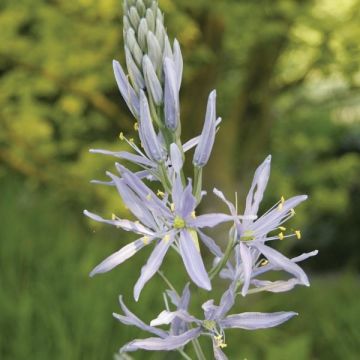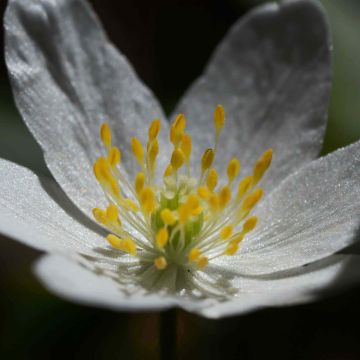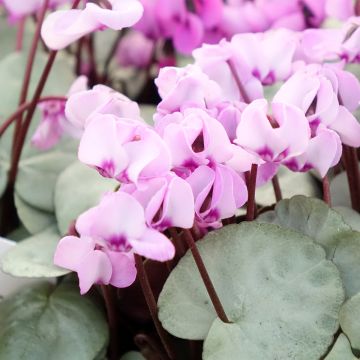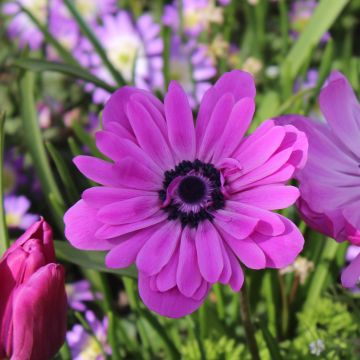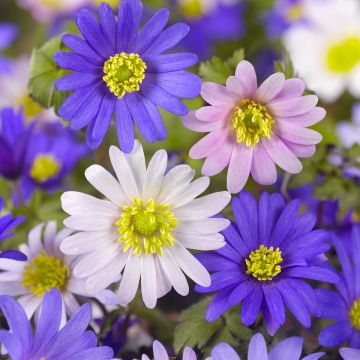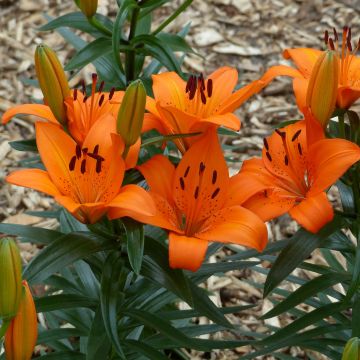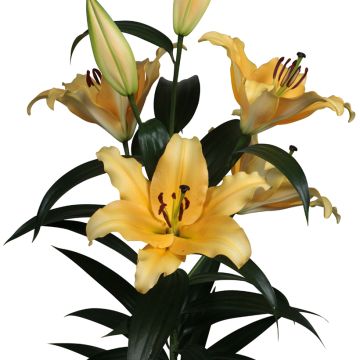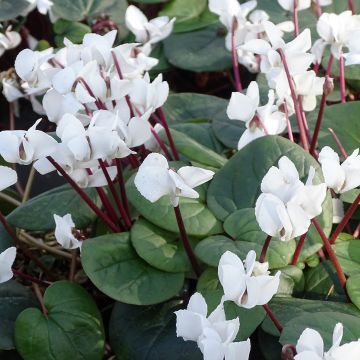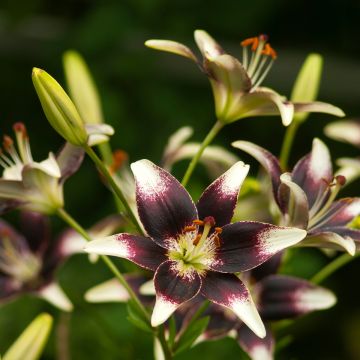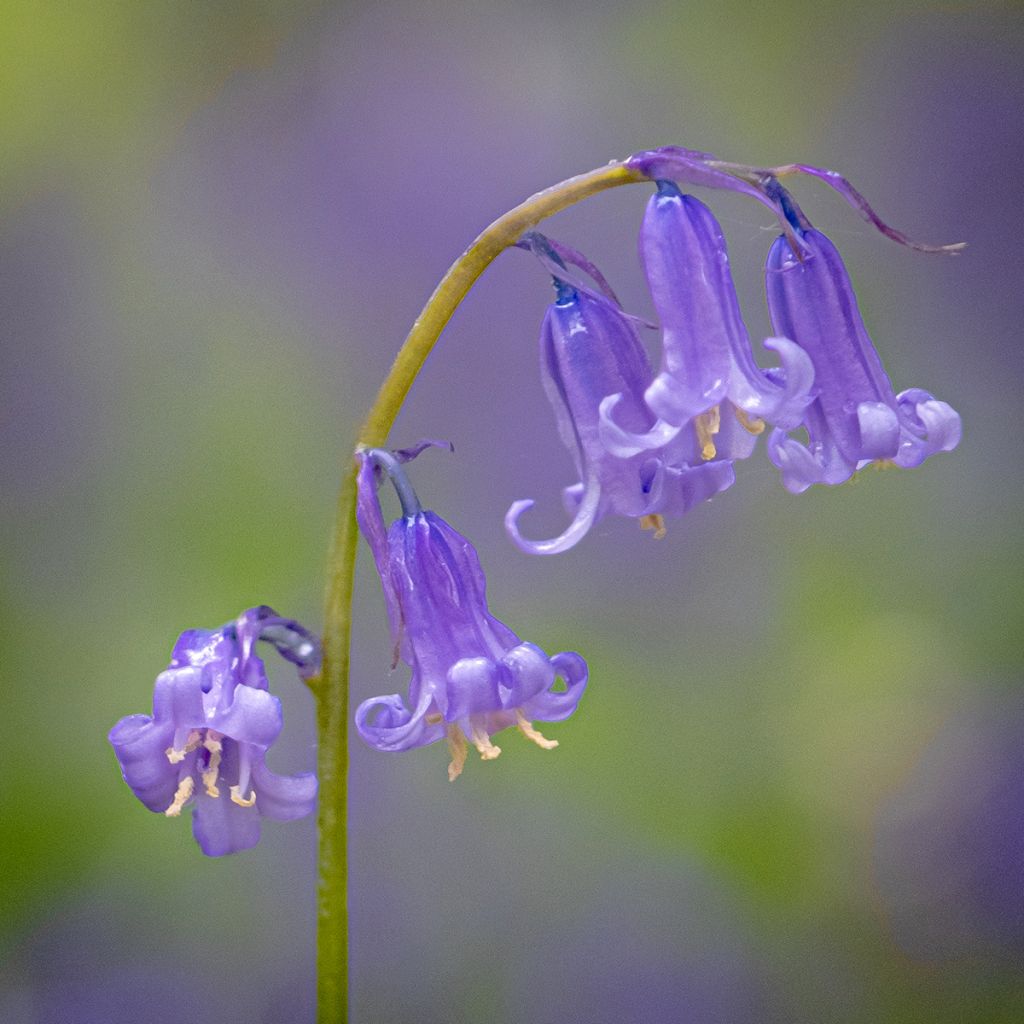

Hyacinthoides non-scripta
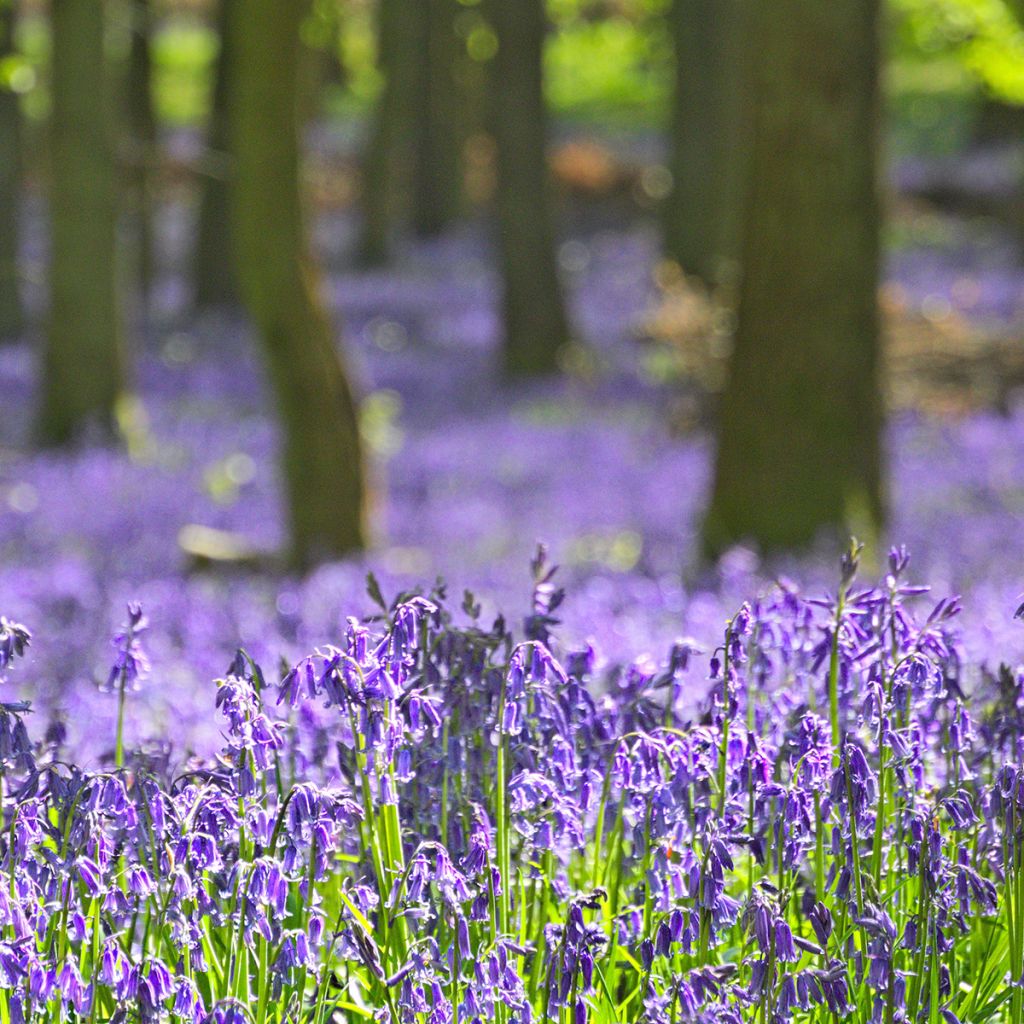

Hyacinthoides non-scripta
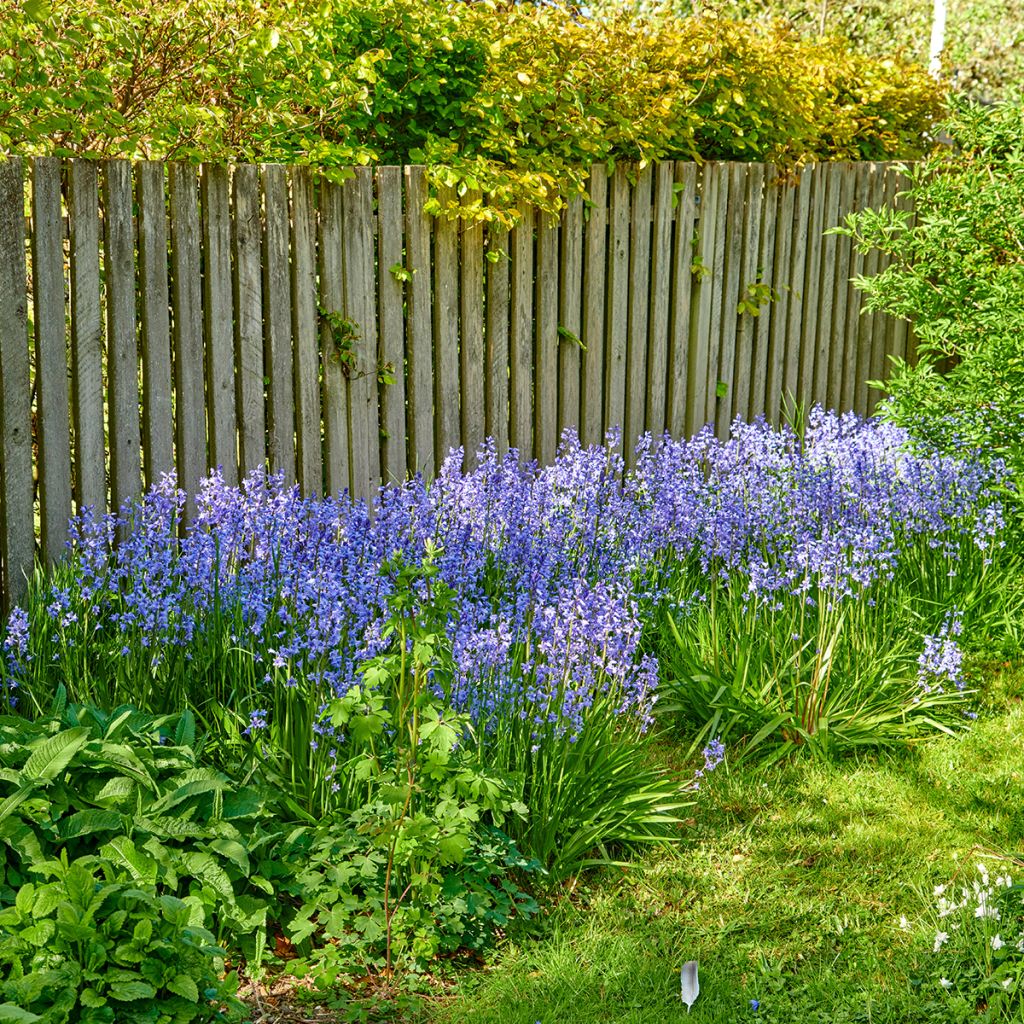

Hyacinthoides non-scripta
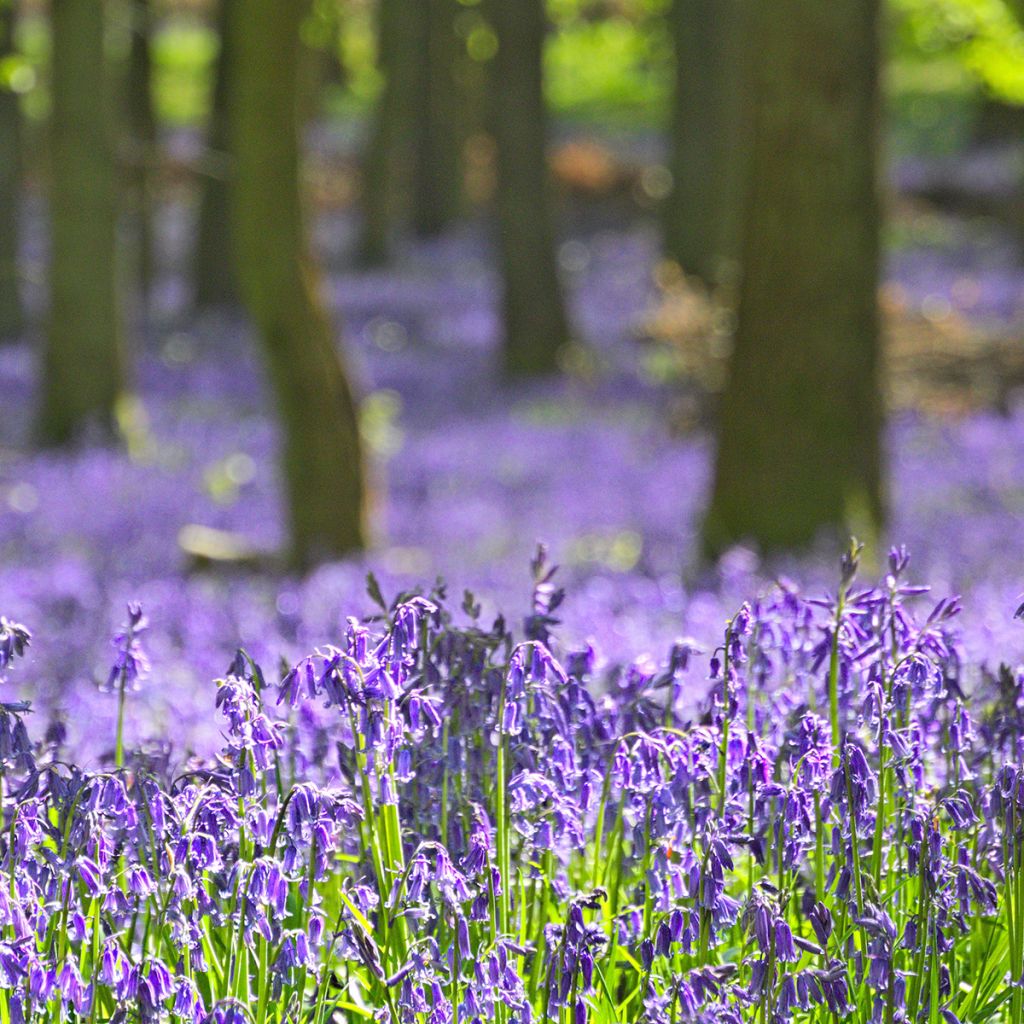

Hyacinthoides non-scripta
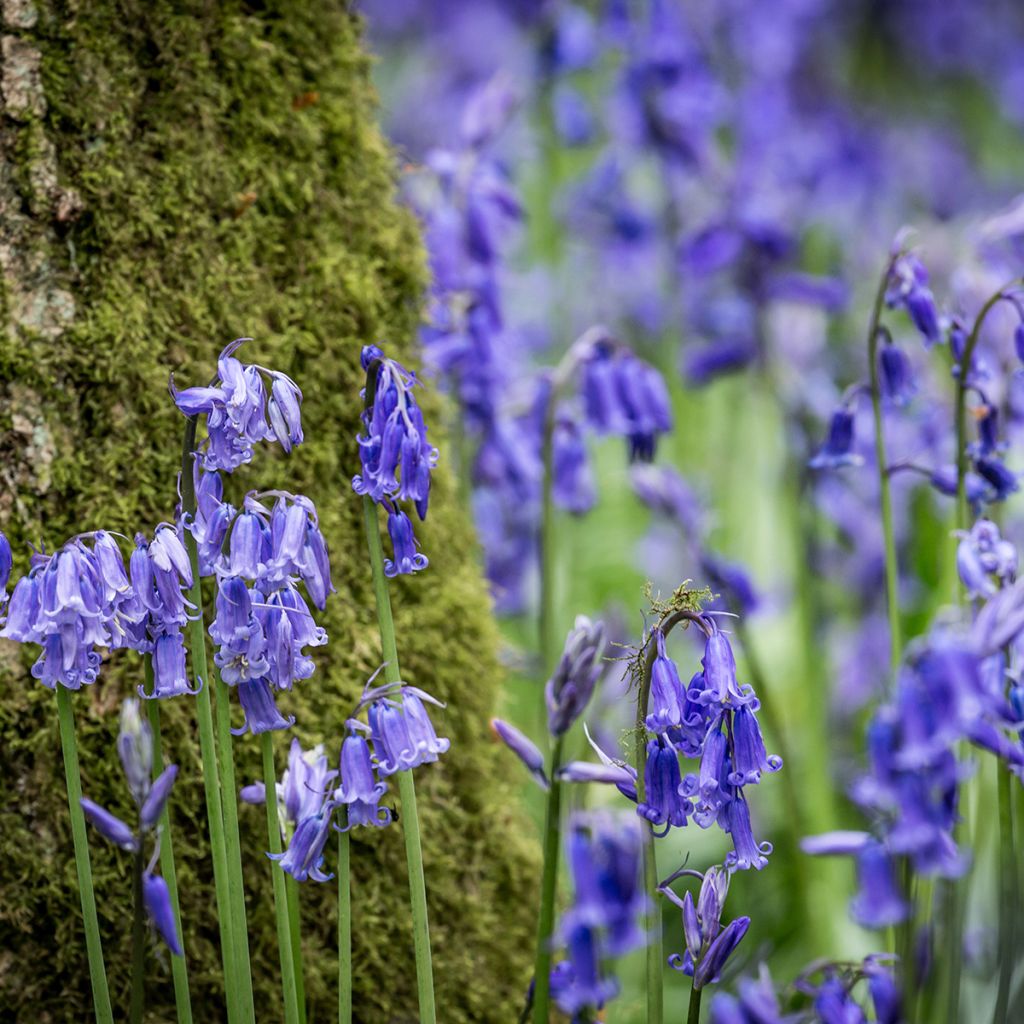

Hyacinthoides non-scripta
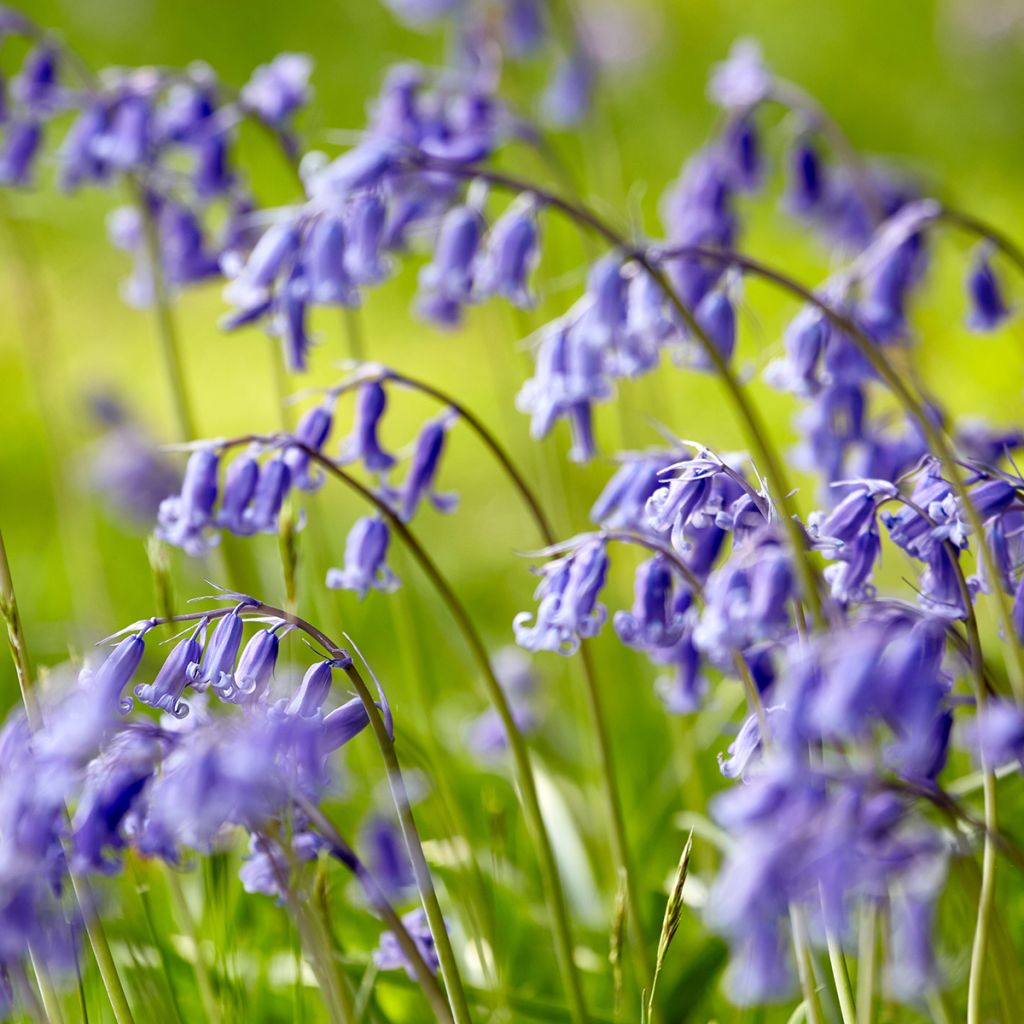

Hyacinthoides non-scripta
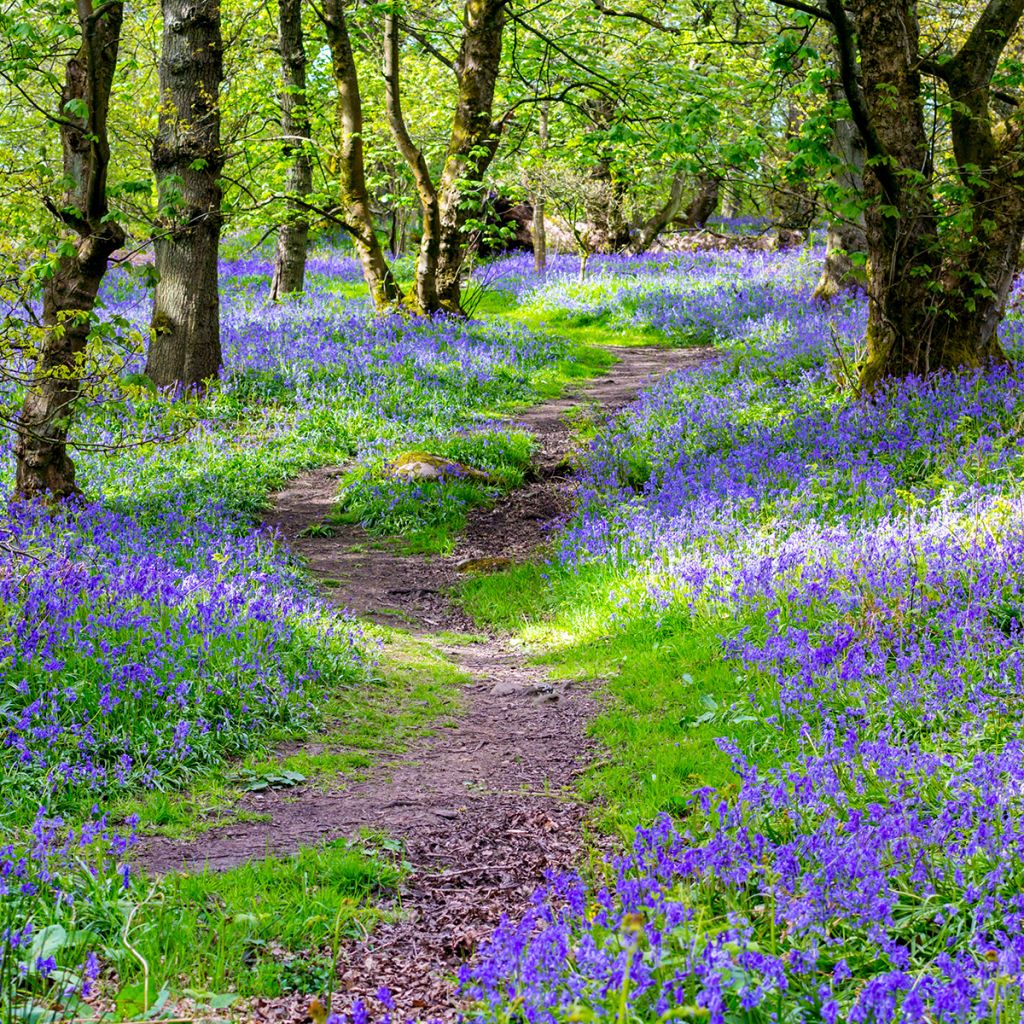

Hyacinthoides non-scripta
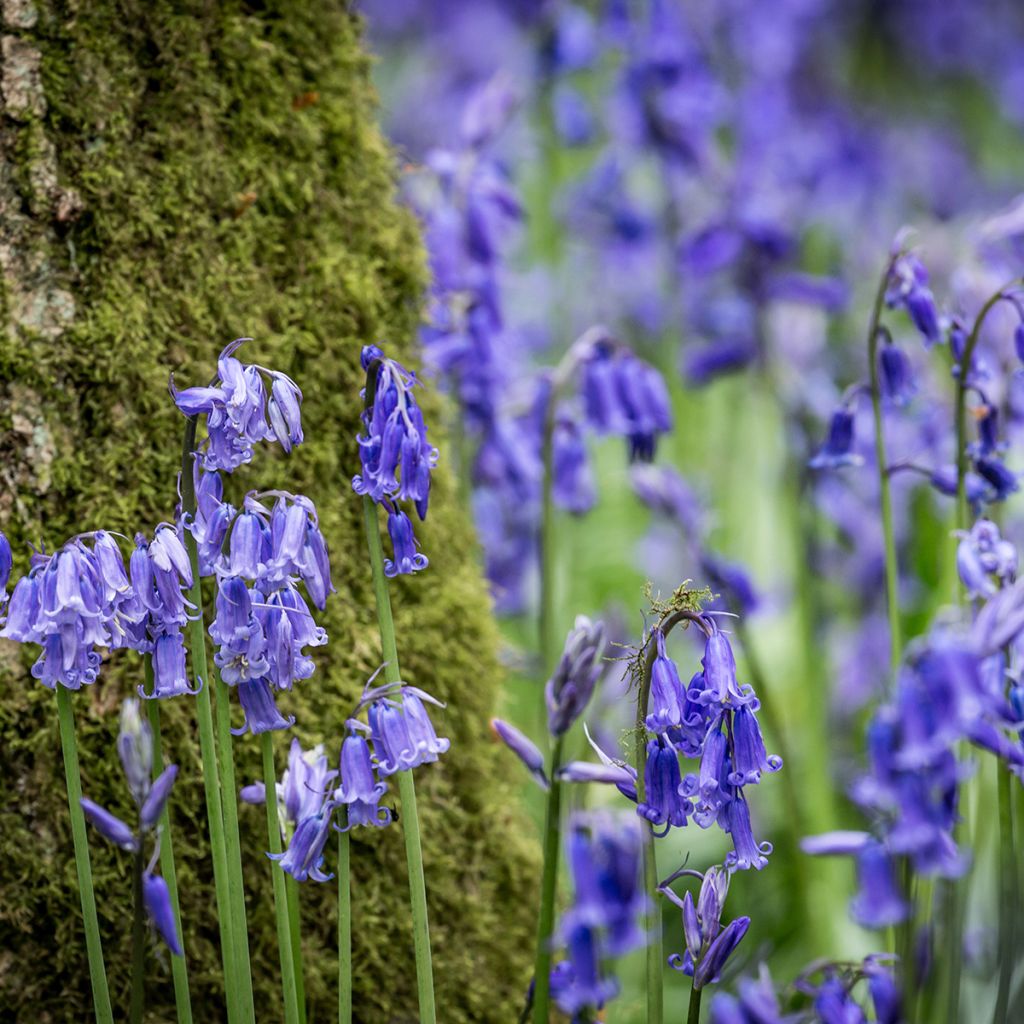

Hyacinthoides non-scripta
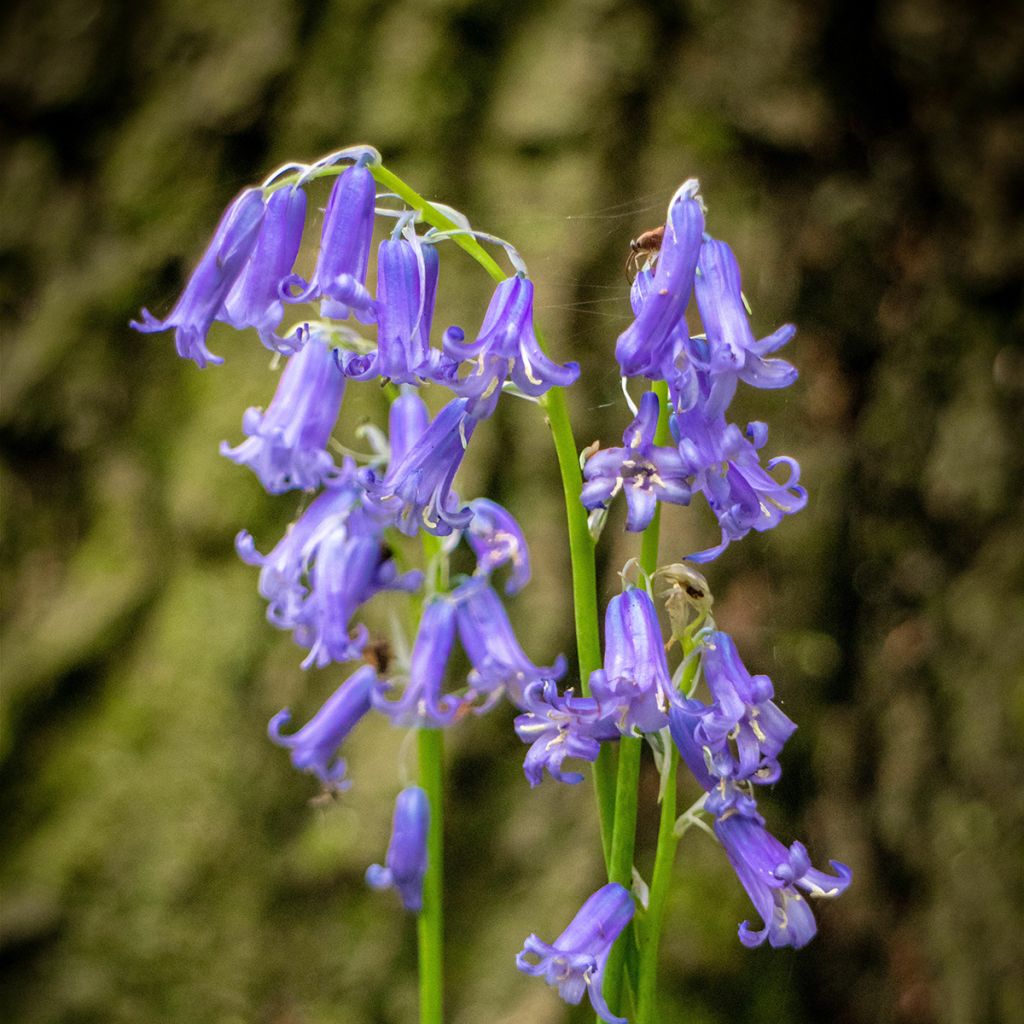

Hyacinthoides non-scripta
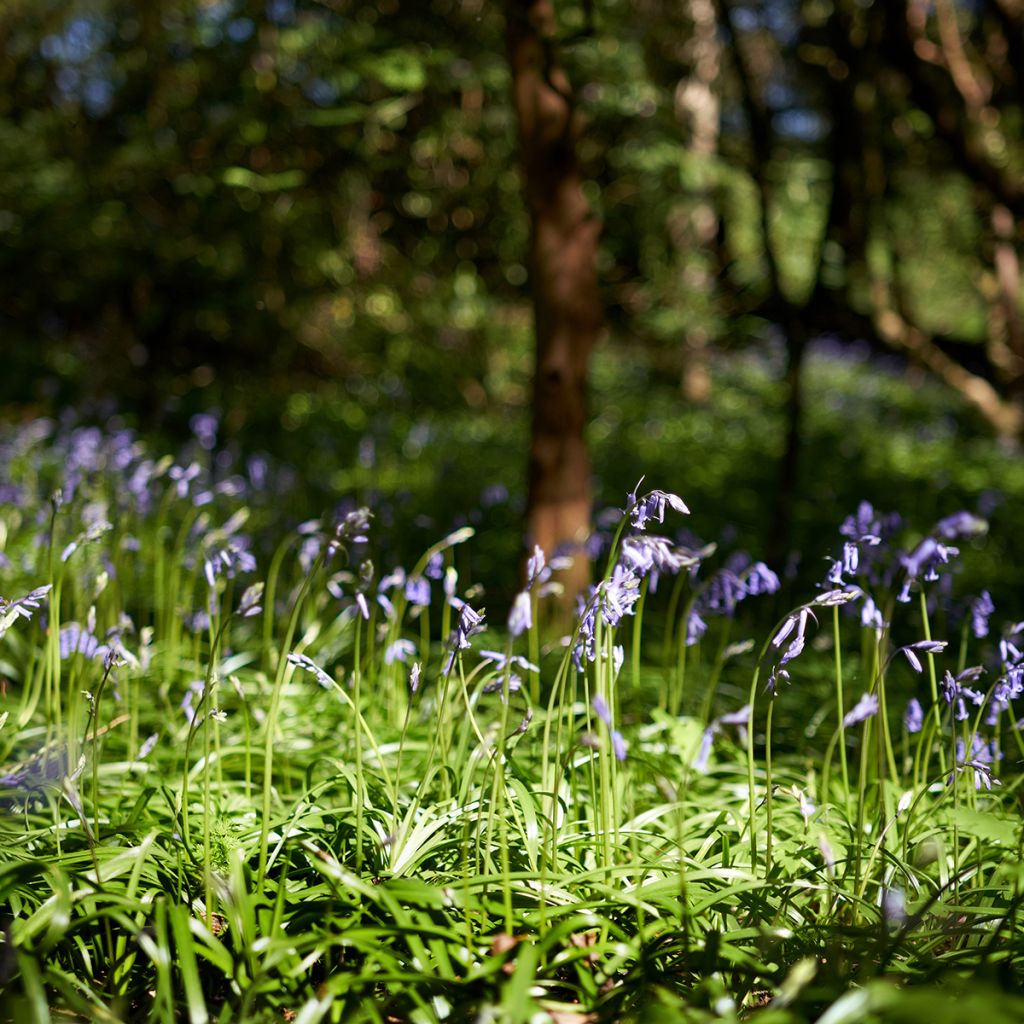

Hyacinthoides non-scripta
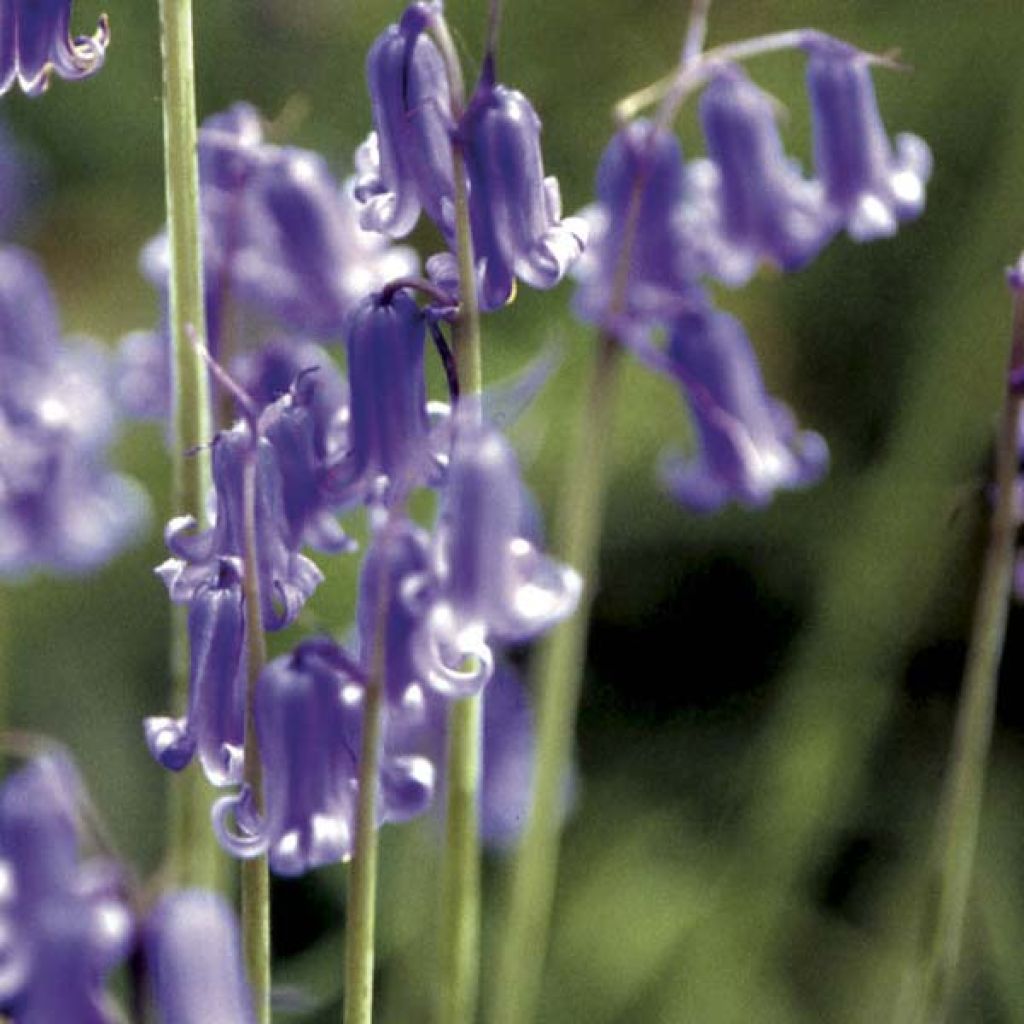

Hyacinthoides non-scripta
Hyacinthoides non-scripta
Hyacinthoides non-scripta
Common Bluebell, English Bluebell
Why not try an alternative variety in stock?
View all →This plant carries a 6 months recovery warranty
More information
We guarantee the quality of our plants for a full growing cycle, and will replace at our expense any plant that fails to recover under normal climatic and planting conditions.
From €5.90 for pickup delivery and €6.90 for home delivery
Express home delivery from €8.90.
Does this plant fit my garden?
Set up your Plantfit profile →
Description
The Scilla nutans, also known as Hyacinthoides non-scripta, is none other than the wild hyacinth that grows in large colonies in our cool undergrowth. It is recognized in spring, when its bright blue-mauve flowering emerges from beautiful clumps of glossy green ribbon-like leaves. In the garden, it is a perfectly hardy plant, low-maintenance and full of charm. Its bulbs multiply on their own and remain in place, forming over time large carpets that beautify year after year.
The Hyacinthoides non-scripta is a herbaceous perennial with a bulb the size of a hazelnut. It belongs to the family of Hyacinthaceae or Liliaceae depending on the classifications. It is a species native to the Atlantic regions of Europe, almost absent elsewhere. Its distribution range extends from the north of the Iberian Peninsula to Belgium, passing through the British Isles. In France, it is spontaneous in the west, north of a Bordeaux-Dijon-Reims line. Today threatened by the progressive destruction of its habitat and hybridization with other species, this wood hyacinth is protected in most of Western Europe. It is a plant that prefers bright semi-shade and clear undergrowth, with deep, humus-rich, sandy-loamy soils, slightly acidic.
The Scilla nutans develops in spring a tuft of 3 to 6 basal leaves, erect then trailing, narrow, linear, about 20 cm (8in) long and 7 to 16 mm (0 to 1in) wide. From the center of the tuft emerges in April-May a floral stem 30 to 40 cm (12 to 16in) tall. It bears at its tip a recurved, semi-pendant raceme or spike, which has 5 to 12 flowers all implanted on the same side. Each pendant flower, blue-mauve in colour, 1.4 to 1.8 cm (1in) long, has the shape of a tube that opens up into 6 curled lobes. This flowering is slightly fragrant. The foliage dries up in June, while the fruit-laden floral scape persists until August.
The wood hyacinth is planted in mass in an herbaceous border, along a path or under lightly foliaged trees. It will be superb, in all simplicity, associated with the wild daffodil (Narcissus pseudo-narcissus) that likes the same environments. Other pretty unpretentious plants like the wood anemone, the winter aconite, the wild garlic or the white asphodel (Asphodelus albus) will accompany it in the morning sun or in semi-shade, at the edge of a shrub border.
Report an error about the product description
Hyacinthoides non-scripta in pictures


Plant habit
Flowering
Foliage
Botanical data
Hyacinthoides
non-scripta
Hyacinthaceae
Common Bluebell, English Bluebell
Western Europe
Other Spring bulbs A to Z
Planting and care
Planting period
Intended location
Care
-
, onOrder confirmed
Reply from on Promesse de fleurs
Haven't found what you were looking for?
Hardiness is the lowest winter temperature a plant can endure without suffering serious damage or even dying. However, hardiness is affected by location (a sheltered area, such as a patio), protection (winter cover) and soil type (hardiness is improved by well-drained soil).

Photo Sharing Terms & Conditions
In order to encourage gardeners to interact and share their experiences, Promesse de fleurs offers various media enabling content to be uploaded onto its Site - in particular via the ‘Photo sharing’ module.
The User agrees to refrain from:
- Posting any content that is illegal, prejudicial, insulting, racist, inciteful to hatred, revisionist, contrary to public decency, that infringes on privacy or on the privacy rights of third parties, in particular the publicity rights of persons and goods, intellectual property rights, or the right to privacy.
- Submitting content on behalf of a third party;
- Impersonate the identity of a third party and/or publish any personal information about a third party;
In general, the User undertakes to refrain from any unethical behaviour.
All Content (in particular text, comments, files, images, photos, videos, creative works, etc.), which may be subject to property or intellectual property rights, image or other private rights, shall remain the property of the User, subject to the limited rights granted by the terms of the licence granted by Promesse de fleurs as stated below. Users are at liberty to publish or not to publish such Content on the Site, notably via the ‘Photo Sharing’ facility, and accept that this Content shall be made public and freely accessible, notably on the Internet.
Users further acknowledge, undertake to have ,and guarantee that they hold all necessary rights and permissions to publish such material on the Site, in particular with regard to the legislation in force pertaining to any privacy, property, intellectual property, image, or contractual rights, or rights of any other nature. By publishing such Content on the Site, Users acknowledge accepting full liability as publishers of the Content within the meaning of the law, and grant Promesse de fleurs, free of charge, an inclusive, worldwide licence for the said Content for the entire duration of its publication, including all reproduction, representation, up/downloading, displaying, performing, transmission, and storage rights.
Users also grant permission for their name to be linked to the Content and accept that this link may not always be made available.
By engaging in posting material, Users consent to their Content becoming automatically accessible on the Internet, in particular on other sites and/or blogs and/or web pages of the Promesse de fleurs site, including in particular social pages and the Promesse de fleurs catalogue.
Users may secure the removal of entrusted content free of charge by issuing a simple request via our contact form.
The flowering period indicated on our website applies to countries and regions located in USDA zone 8 (France, the United Kingdom, Ireland, the Netherlands, etc.)
It will vary according to where you live:
- In zones 9 to 10 (Italy, Spain, Greece, etc.), flowering will occur about 2 to 4 weeks earlier.
- In zones 6 to 7 (Germany, Poland, Slovenia, and lower mountainous regions), flowering will be delayed by 2 to 3 weeks.
- In zone 5 (Central Europe, Scandinavia), blooming will be delayed by 3 to 5 weeks.
In temperate climates, pruning of spring-flowering shrubs (forsythia, spireas, etc.) should be done just after flowering.
Pruning of summer-flowering shrubs (Indian Lilac, Perovskia, etc.) can be done in winter or spring.
In cold regions as well as with frost-sensitive plants, avoid pruning too early when severe frosts may still occur.
The planting period indicated on our website applies to countries and regions located in USDA zone 8 (France, United Kingdom, Ireland, Netherlands).
It will vary according to where you live:
- In Mediterranean zones (Marseille, Madrid, Milan, etc.), autumn and winter are the best planting periods.
- In continental zones (Strasbourg, Munich, Vienna, etc.), delay planting by 2 to 3 weeks in spring and bring it forward by 2 to 4 weeks in autumn.
- In mountainous regions (the Alps, Pyrenees, Carpathians, etc.), it is best to plant in late spring (May-June) or late summer (August-September).
The harvesting period indicated on our website applies to countries and regions in USDA zone 8 (France, England, Ireland, the Netherlands).
In colder areas (Scandinavia, Poland, Austria...) fruit and vegetable harvests are likely to be delayed by 3-4 weeks.
In warmer areas (Italy, Spain, Greece, etc.), harvesting will probably take place earlier, depending on weather conditions.
The sowing periods indicated on our website apply to countries and regions within USDA Zone 8 (France, UK, Ireland, Netherlands).
In colder areas (Scandinavia, Poland, Austria...), delay any outdoor sowing by 3-4 weeks, or sow under glass.
In warmer climes (Italy, Spain, Greece, etc.), bring outdoor sowing forward by a few weeks.

































